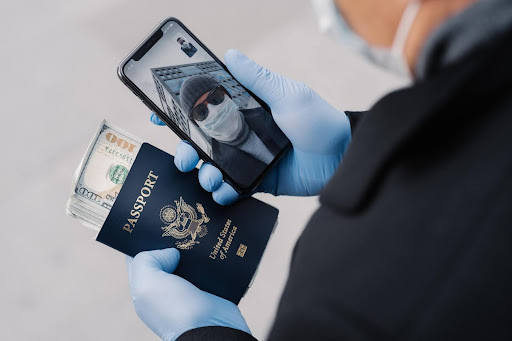Identity fraud is when imposters obtain personal information about a person and use it to commit various fraudulent activities, such as unauthorised financial transactions or impersonating the victim for malicious purposes. The personal information obtained in identity theft is also used to commit crimes such as unauthorised entry into a place or accessing sensitive information.
With the advancement of technology, identity verification fraud has also become more sophisticated, with imposters even hacking facial recognition devices. Hence, programs like the FATE MORPH developed by the National Institute of Standards and Technology have emerged to tackle these problems. The FATE MORPH measurement methods detect and prevent facial morphing attacks with the help of numerous data and techniques.
There are numerous other ways you can prevent identity theft. In the following article, we will learn about different identification thefts and how they can be prevented:
Preventing Identity Verification Frauds
The first step towards preventing fraud is identifying it. The following section of the article discusses different identification fraud types and how to prevent them.
- Biometric Spoofing:
Biometric spoofing manipulates the biometric traits of a person. Here, criminals fake or alter the biometric traits of a person to gain authorised access to a place or device.
One of the most common biometrics spoofing is face spooing, where imposters try to impersonate a legitimate person’s face.
Prevention: To prevent biometric spoofing, one must use advanced biometric security features and keep biometric data well protected. Moreover, programs such as NIST FATE MORPH have been actively working to identify and prevent biometric spoofing. FATE Quality importance has been advocated by organisations worldwide to protect the integrity of a biometric device.
2. Synthetic Identify Theft:
In synthetic identity theft, a person’s personal information, such as date of birth and social security number, is combined with falsified information to create a new identity. The imposter creates a synthetic identity that involves creating a fictitious identity using a combination of fake and real information.
Prevention: Regularly check your credit reports for unusual or unauthorised accounts to safeguard yourself from synthetic identity theft. Moreover, freeze your credit if you identify any unauthorised access.
3. Phishing Attacks:
Phishing attacks occur when the victim is tricked into taking an action that helps the attackers. It involves revealing personal information such as usernames, passwords, and credit card details. This information is then used to fake your identity.
Prevention: Preventing phishing attacks involves being cautious with emails, avoiding clicking on suspicious links and verifying the legitimacy of a website before entering personal information.
Conclusion:
In today’s digital world, protecting one’s identity is crucial to prevent theft. Even though public and private agencies have been taking proactive and vigilant steps to protect individuals from identity theft, it is also important that you take measures to reduce the risk of falling victim to these malicious activities.
